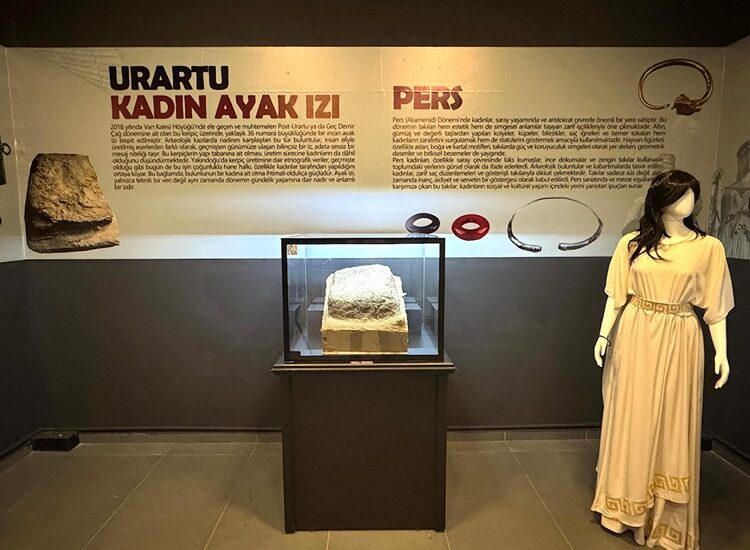
Footprint of an Urartian Woman Goes on Public Display for the First Time in Van Museum
Dating back nearly 3,000 years, a remarkably preserved female footprint imprinted in mudbrick reveals rare insight into daily life and women’s labor during the Urartian era.
A silent echo of an ancient life has surfaced for public view: a female footprint from the Urartian civilization is now on display for the first time at the Van Museum, offering visitors a rare, tactile connection to the lives of women nearly three millennia ago.
Discovered in 2018 during excavations at the northern mound of Van Fortress, the footprint had remained under protection—until now. It forms the highlight of a new exhibition titled “From Urartu to the Present: Woman”, part of the Ministry of Culture and Tourism’s nationwide “100+2 Temporary Museum Exhibitions” project, launched to celebrate the 102nd anniversary of the Republic of Türkiye and the 2025 “Year of the Family”.
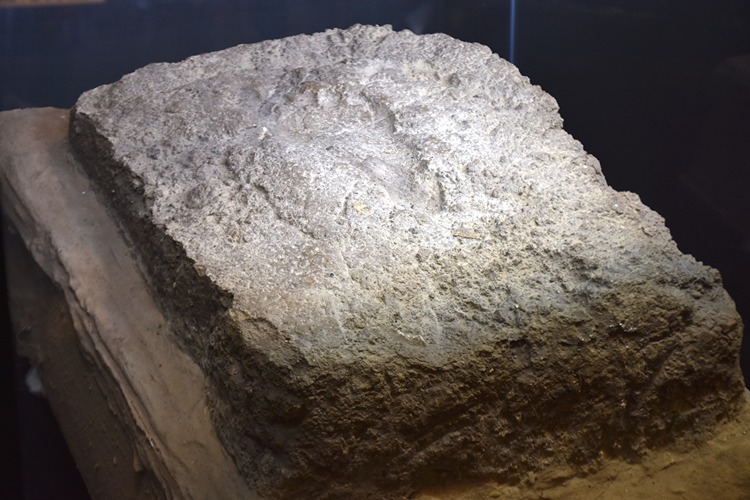
An Ancient Imprint, A Modern Message
The footprint, preserved in sun-dried mudbrick (adobe), was uncovered under the supervision of Prof. Dr. Erkan Konyar from Istanbul University’s Faculty of Letters. Expert analysis determined it belongs to a woman with an estimated foot size of EU 36 and dates to the 9th–6th century BCE, within the Late Iron Age or Post-Urartian period.
📣 Our WhatsApp channel is now LIVE! Stay up-to-date with the latest news and updates, just click here to follow us on WhatsApp and never miss a thing!!
What makes this artifact exceptional is not just its age, but the rich social context it implies. According to Van Museum Director Bülent Demir, the discovery offers “more than technical data—it’s a quiet witness to women’s labor, presence, and daily life in ancient Anatolia.”
Demir highlights ethnographic studies that suggest mudbrick making was traditionally a household task often led by women, both in antiquity and in more recent rural Anatolian settings. “This footprint tells us she was physically involved in the making or laying of the mudbrick—a clear sign that women played a vital role in construction and craftsmanship.”
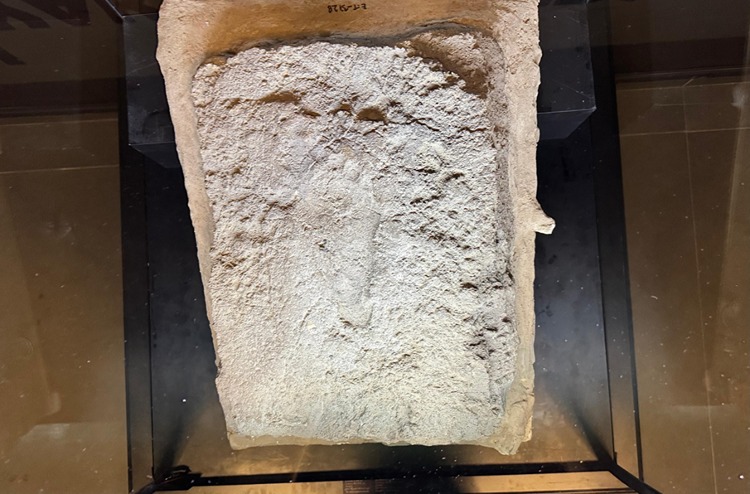
Cultural Legacy Bridging Past and Present
The exhibition, on display from July 12 to August 31, ties the ancient artifact to a broader national narrative. President Recep Tayyip Erdoğan’s designation of 2025 as the “Year of the Family” inspired the exhibition’s theme, placing women and their enduring cultural imprint at its center.
Demir explains, “We are not simply showing an ancient object—we are recognizing the often invisible role of women across history. This footprint is a powerful symbol of continuity, labor, and presence.”
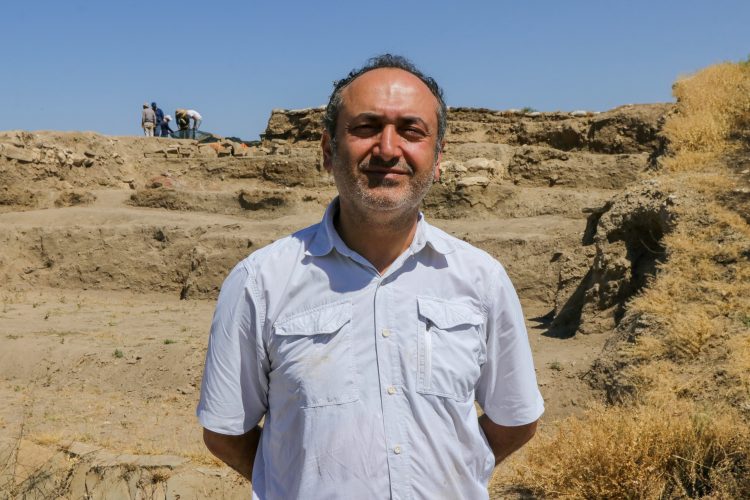
The Van Museum, part of Türkiye’s rich archaeological network, aims to bridge past and present by showcasing everyday artifacts that offer a deeper understanding of ancient civilizations beyond monumental structures or royal inscriptions.
From Forgotten to Foregrounded
While grand palaces and weapons often dominate the narrative of ancient kingdoms, finds like this one flip the perspective. A single footprint, pressed into clay centuries ago and forgotten, now invites reflection on those whose stories were never written but whose presence shaped civilization.
As the museum continues its mission of public education and cultural preservation, the Urartian footprint stands not just as a scientific marvel—but as a tribute to the lives lived quietly, yet meaningfully, in Anatolia’s distant past.
You may also like
- A 1700-year-old statue of Pan unearthed during the excavations at Polyeuktos in İstanbul
- The granary was found in the ancient city of Sebaste, founded by the first Roman emperor Augustus
- Donalar Kale Kapı Rock Tomb or Donalar Rock Tomb
- Theater emerges as works continue in ancient city of Perinthos
- Urartian King Argishti’s bronze shield revealed the name of an unknown country
- The religious center of Lycia, the ancient city of Letoon
- Who were the Luwians?
- A new study brings a fresh perspective on the Anatolian origin of the Indo-European languages
- Perhaps the oldest thermal treatment center in the world, which has been in continuous use for 2000 years -Basilica Therma Roman Bath or King’s Daughter-
- The largest synagogue of the ancient world, located in the ancient city of Sardis, is being restored

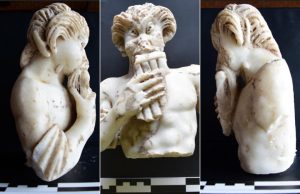
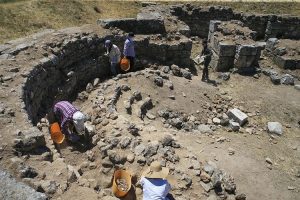
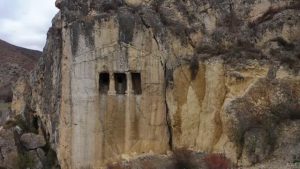
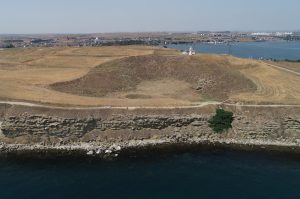
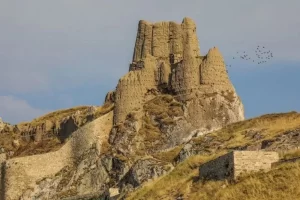
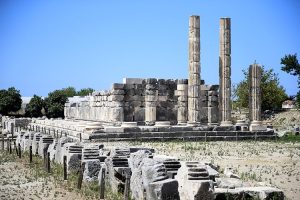
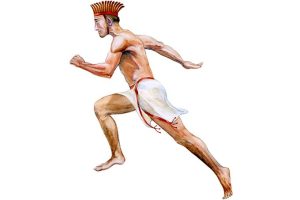

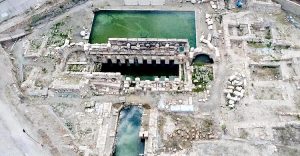
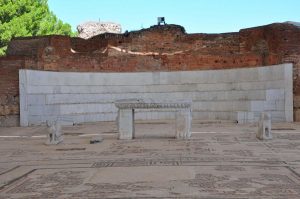
Leave a Reply